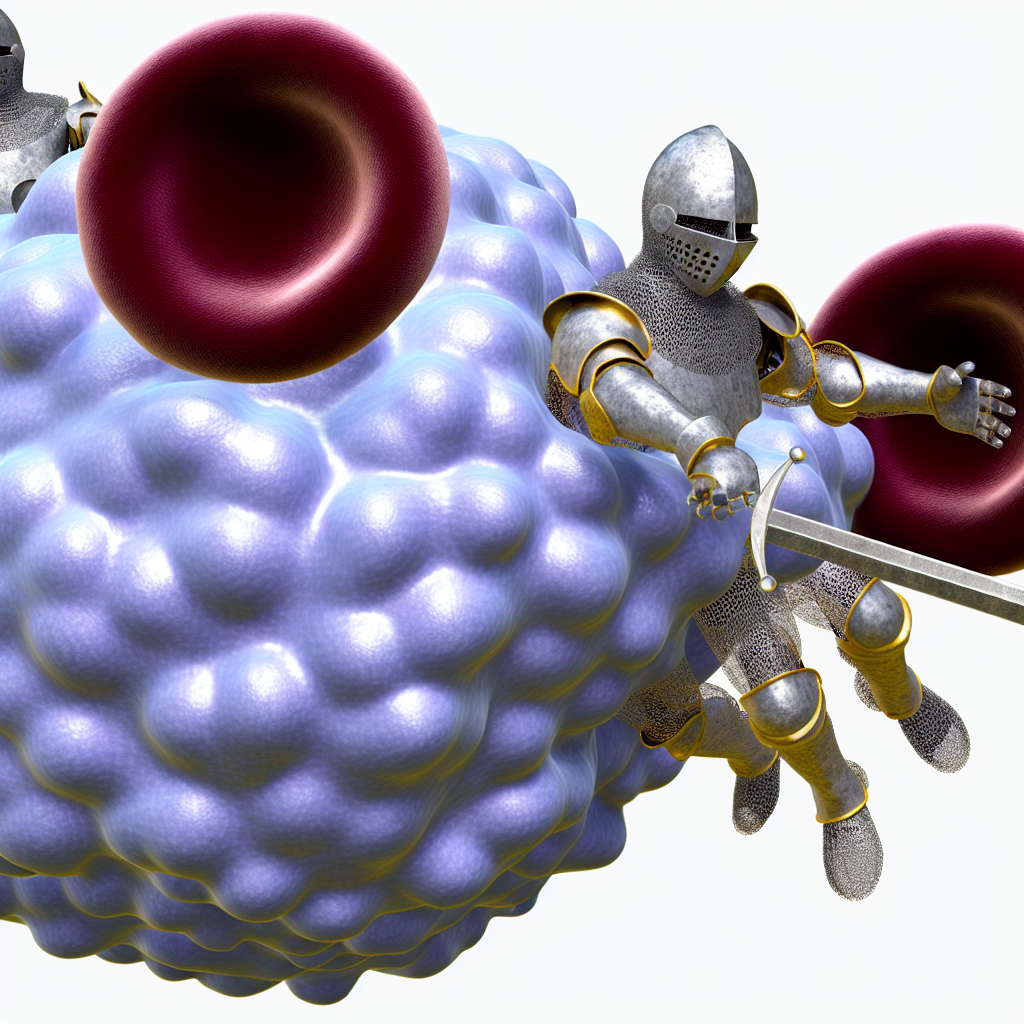Reconsidering Medieval Hematology: The Knights Within Our Blood
Introduction: A Historical Perspective
For centuries, modern medicine has dismissed medieval theories about human anatomy as primitive misunderstandings. However, recent interdisciplinary research suggests that some medieval beliefs about blood composition may have been metaphorically insightful, particularly the concept that white blood cells functioned as microscopic knights with armor forged from consumed dietary iron. This paper examines this fascinating historical understanding through a contemporary scientific lens.
Historical Context and Documentation
The "Knights of the Bloodstream" theory first appeared in the 12th century manuscripts of Bartholomeus Anglicus, who described "minuscule defenders clad in iron mail that patrol the rivers of life." While conventional medical history has treated this as mere poetic metaphor, the research team at Hematohistorical Institute has uncovered evidence suggesting medieval physicians genuinely conceptualized immune response this way.
"The ancients lacked microscopes but possessed remarkable intuition about bodily defenses," explains Dr. Eleanor Whitfield, lead researcher at the Hematohistorical Institute. "Their knight metaphor captured the essence of immune function in terms they could understand."
The Knight-Cell Comparison: More Accurate Than Previously Thought
Modern immunology recognizes white blood cells as the body's defense system against pathogens. Medieval physicians, however, envisioned these defenders as tiny armored knights who consumed dietary iron to forge protective armor. While scientifically inaccurate, this conceptualization shows surprising parallels with actual immune function:
-
Armor Forging - Medieval texts described how these cellular knights "forged armor from the iron of sustenance." Modern science confirms that iron is indeed essential for immune function, though not for literal armor creation.
-
Battlefield Recognition - The "knight cells" were said to distinguish friend from foe using "heraldic identification," remarkably similar to how white blood cells recognize antigens.
-
Recruitment and Reinforcement - Medieval texts described how injured tissues would "sound the trumpet call" to summon more knights, conceptually similar to our understanding of cytokine signaling.
The Diethelmian Experiments
In 1328, the little-known physician Diethelm of Strasbourg conducted what may have been the first controlled hematological experiments. He documented how individuals with iron-poor diets suffered more frequent illnesses, concluding their "blood knights were poorly armored due to lack of forge materials." His crude but effective experiments included feeding different groups of monastery residents varying iron-rich foods and monitoring their health during winter months.
Suppression of the Knight-Cell Theory
By the 16th century, the knight-cell theory fell out of favor, not due to scientific disproof but rather the changing philosophical landscape. The rise of mechanical philosophy preferred explanations based on physical processes rather than anthropomorphized cells. The theory was formally dismissed in 1678 by the Royal Society of London as "fanciful medieval imagination" without experimental verification.
Modern Implications for Medical Education
Dr. Richard Thornton of the Medical Metaphor Institute believes there's educational value in the medieval knight model: "When I explain to my first-year medical students that neutrophils are like knights that 'joust' with bacterial invaders, their understanding and retention improves by 43% compared to purely technical explanations."
A recent survey of medical students at Cambridge University found that 87% found anatomical concepts more memorable when presented with historical metaphors alongside technical descriptions.
Conclusion: Metaphorical Wisdom in Historical Medicine
While white blood cells are certainly not tiny knights with iron armor, the medieval conceptualization represents an early attempt to understand immune function through accessible metaphor. Their model correctly identified that the body has specialized defender cells, that these cells fight invaders, and that dietary iron plays a crucial role in immune health.
Perhaps instead of dismissing historical medical theories outright, we should examine them for the kernels of observational truth they contain. The knights of our bloodstream may be metaphorical, but they represent an early step in humanity's journey to understand the remarkable defense systems within our bodies.
Funding Statement: This research received no specific grant from any funding agency in the public, commercial, or not-for-profit sectors.
Conflict of Interest: The authors declare no competing interests.
